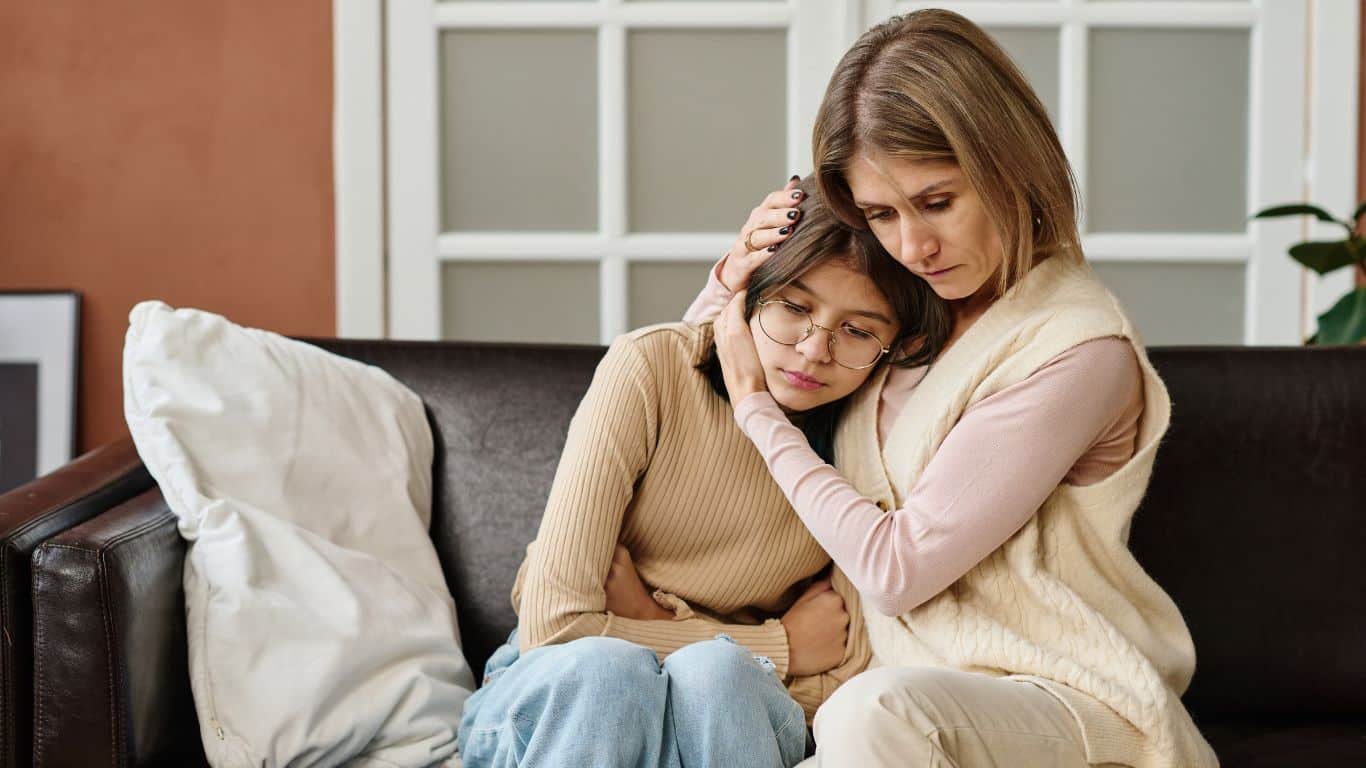This article was originally published on the Adoption Council of Ontario’s blog for Bell Let’s Talk day (a social media campaign that encourages Canadians to talk openly about mental health). We were inspired by Kathy’s insight into the connection between early trauma and mental illness in adoptees, and by her ideas on how to help hurt kids heal.
The significance of the “early years”
“Children in care are four times more likely than their peers to have a mental health difficulty”.
I believe that only when we recognize and accept the existence and the real long-term negative effects of childhood adversity on our kids’ mental health, will we as a society feel compelled to figure out how to do a better job at understanding this form of trauma and healing it — through family, and as part of an interconnected community that cares.
The importance of a child’s “early years” is increasingly recognized by our society. We know that when mental health issues are identified and addressed early, outcomes are better. The “early years” benefit from a significant focus by researchers in the scientific and medical community and by policy makers. In Ontario, where I live, we have Early Years Centres and Best Start programs located in our communities across the province. This emphasis is absolutely merited. When our children thrive, our society thrives.
Reduce adversity, mitigate trauma
In an ideal world children would not face adversity, or at least the extent of adversity that can impact negatively on their long-term mental health, but they do. This adversity can include neglect, abuse, deprivation, family violence, substance abuse, and also attachment disruptions — all traumatic events. We need to do more as a society to reduce the level of adversity children face.
We also need to do a better job at figuring how to mitigate the long-term effects, and in particular the long-term mental health effects, of adversity when it does occur. This is even more crucial when that adversity happens in a child’s “early years” — the critical time when a child’s brain is forming by leaps and bounds, and, when primary attachment relationships start to take shape.
How can we help our kids heal?
Too many kids in our province and in our country miss the chance for early interventions. Sometimes their parents are not able to integrate the necessary understanding and skills into their parenting. Why? Because of their own issues — in many cases, untreated mental health issues — and, often, issues directly related to their own early life adversities. These kids, OUR kids in and from foster and institutional care, deserve another chance at these interventions: a “2.0” early intervention, if you will.
Children entering foster care may no longer be in the 0–3 age range, or even in the 0–6 age range, but they still deserve a “2.0” opportunity. These interventions, tailored to the specific needs of each child, should be continued through their journey to permanency for as long as needed to mitigate the effect of their early life adversity. This should happen regardless of whether they return to their birth family or join an adoptive or kinship family.
What would second-stage early interventions look like?
- Improved understanding of the effects, particularly the long-term brain effects, of early life adversity and trauma.
- Paying attention to the mental health needs of children and youth involved or who have been involved with the child welfare system.
- Really smart, passionate, and committed people coming up with evidence-based methods, including non-traditional and non-pharmaceutical methods, of calming and resetting our kids’ nervous systems.
- Respecting and leveraging the deep knowledge and experience of Indigenous peoples in healing.
- Finally accepting Developmental Trauma as a diagnosis AND a way forward.
Let’s take on childhood adversity before it takes over our kids.
Kathy Soden, CPA, CA, is the Manager for Permanency & Adoption Competency Training (PACT) with the Adoption Council of Ontario, and a parent through adoption.
This article originally appeared on the Adoption Council of Ontario’s blog. Reshared with permission.






